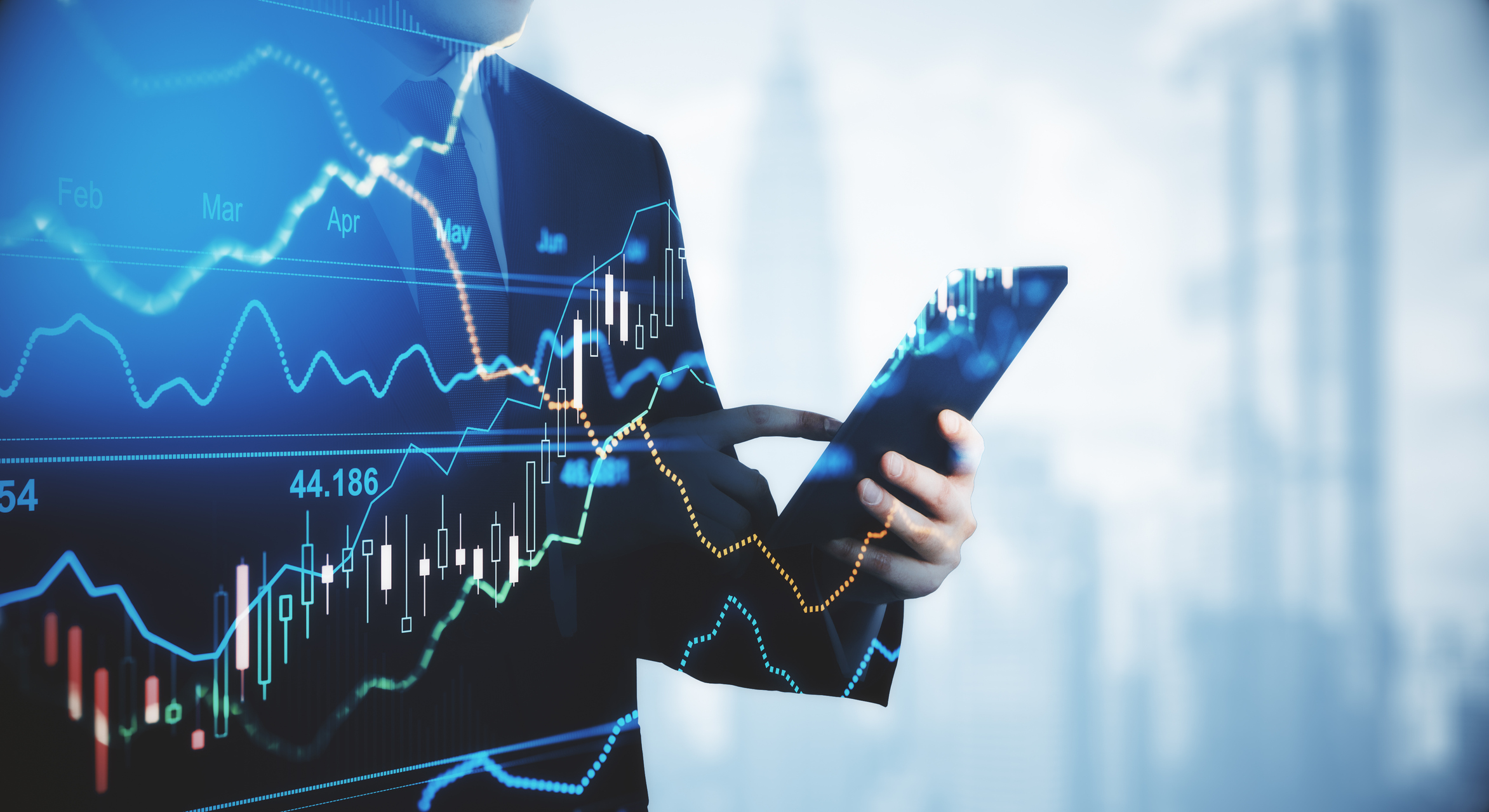This is an incredibly difficult commentary to write, because all the historical trends, markers, and indicators essentially don’t apply within the unique economic context we are living through in this post-pandemic environment. First, let’s begin with the stock and bond markets. In the first half of 2022, the stock market, as measured by the S&P 500, fell 20.6% — the largest decline since 1962, and the greatest stock market correction of our lifetimes. The bond market fell by 10.4% in the same period, making it the worst decline in history. Never have both markets fallen in tandem as they have this year. Typically, if there is a concern for a falling stock market, investors will find shelter in bonds as a safe haven, but not this time around.
What has caused this unique economic environment to develop? The obvious answer is the pandemic. But more importantly, the self-induced shutdown of most of the economy, and the ensuing effort to revive it. When we think of the shutdown, we normally think holistically as if the economy were one homogeneous entity. It is not, and certainly was not at the time of the shutdowns. Some businesses thrived in pandemic conditions while others were put on life-support. This type of economic dislocation has been masked by the massive flood of cash and credit that was swept into the economy by Congress, two Presidential administrations, and the Federal Reserve. As the money is being spent by the consumer the real economic landscape will be revealed, just like receding flood waters reveal what’s left and what’s destroyed.
Adding to the economic conundrum is the perplexing mix of negative GDP (gross domestic product) and historically low unemployment. In Q1 the economy contracted by 1.6% (negative GDP) and likely continued negative growth in Q2, which is why many are saying we are already in a recession. The classical definition of a recession is two back-to-back quarters of negative growth. At the same time, we have near-record-low unemployment at 3.6%. Currently, there are about one million unfilled job openings in America. This has never occurred before because typically in a recession unemployment rises quickly as businesses trim the workforce to cut costs and survive the slowdown. So, you can see the conundrum we are in.
But wait! There’s more…
What’s the number one economic issue on everyone’s mind and the second conundrum in this narrative? You guessed it – inflation. We are at 40-year highs for inflation at 8.6%. We can all see from prices at the pump to what we spend at the grocery store. A key driver of inflation is energy costs. The current administration’s reversal of policy from the previous administration automatically caused a reduction in production growth and accordingly supply, hence when demand resumed when the economy opened, prices also went up. To be sure, the Russian invasion of Ukraine exacerbated the issue. Since 1980 when Paul Volcker, then Chairman of the Federal Reserve, instituted monetary policy by raising interest rates to combat inflation, the U.S. has essentially lived within a +/-2% inflation rate. At first, the Fed thought that inflation would be “transitory” or temporary, but it is obviously well-entrenched. Usually, when interest rates go up, the stock market goes down. Interestingly, about a month ago when the Fed hiked rates by .75% the market rallied. This revealed that the market was more concerned with inflation than higher interest rates.
Having looked at the two economic conundrums of GDP/employment and inflation/interest rates, the market got in the first half of the year exactly what it did not like – uncertainty. With all that uncertainty in front of it the market declines were seemingly relentlessly lower. Consequently, we experienced the worst market in 60 years, that’s the bad news. The good news is that it’s most likely behind us at this stage and the market may begin to stabilize, maybe even make back some of its losses. Remember, the market always looks six months to a year ahead. It was already reacting to the recession we might be in right now. The Federal Reserve has been clear that it will take a strong stance against inflation and the market likes that position. A strong stance may mean a deeper or more lengthy recession, but it will slow everything down including inflation. A change in energy policy would be welcomed by everyone; a gradual shift to alternative energy sources makes sense, but the abrupt policy change is essentially at the heart of the inflation issue.
As greater clarity comes into focus for the second half of 2022, the volatility of the market will likely subside. The mid-term elections may signal a shift in energy policy, which could have a greater impediment to inflation than even higher interest rates. Of course, the future is uncertain, but I think far less so than the recent past. Since you are reading this commentary, you have weathered the worst market of your lifetime and now we begin to build for the future.
The commentary and market insights provided by John Slavic are for informational purposes only and do not guarantee future results.





